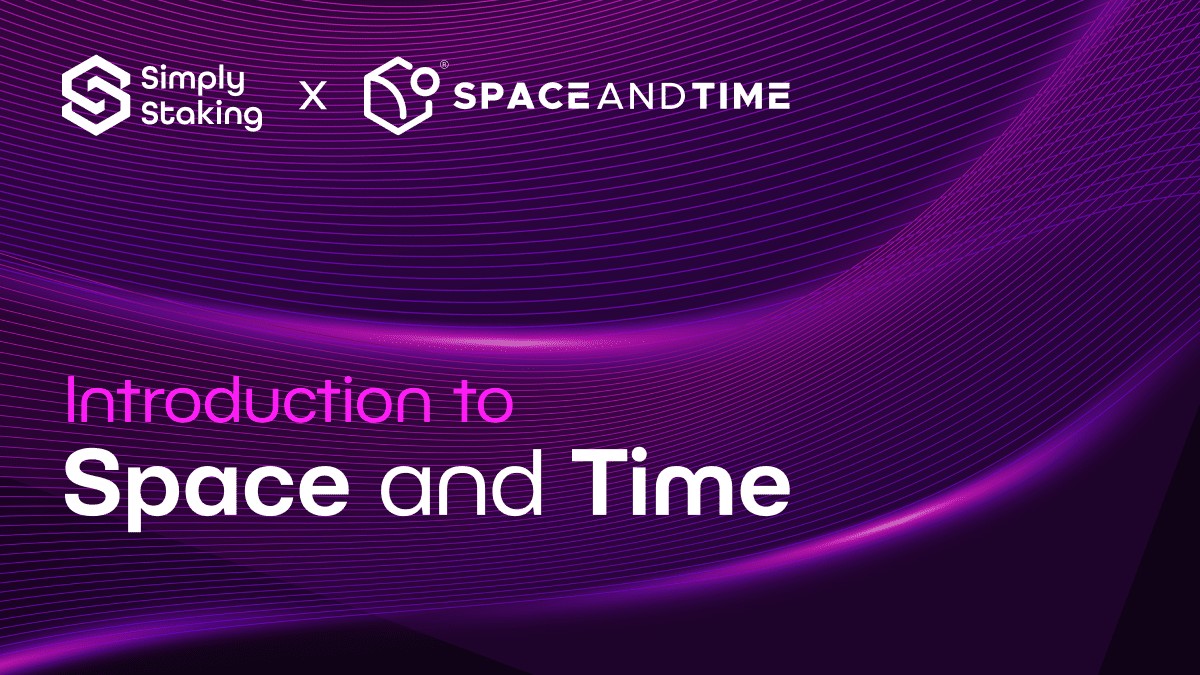Astrovault is a novel approach to AMMs (Automated Market Makers) and DEXs (Decentralised Exchanges). Built on the Archway platform within the Cosmos ecosystem, the project aims to address the inherent challenges faced by traditional AMMs, such as liquidity sustainability, pool depletion, and the effective capture of value by the native token.
Introduction to Astrovault
Astrovault is a comprehensive DEX offering, leveraging the Archway network’s capabilities to revolutionize the AMM model. The core goals or ethos of the network are to enhance the overall User Experience (UX) through seamless swaps and trades across the Cosmos ecosystem and establish a sustainable economic model.
Apart from the desire for the platform to establish a sustainable economic mode, the platform rewards users with GRVT8 for every trade, incentivizing participation and liquidity provision.
The recent implementation of Prop 36, which significantly reduced gas fees on Archway, marks a pivotal advancement in making Astrovault more accessible and user-friendly, thereby potentially increasing adoption and usage.
Why Astrovault?
Astrovault is built on several core principles aimed at creating sustainable value and facilitating the growth of the Cosmos ecosystem. These include generating and capturing continual value, creating liquidity on Archway, and capturing value.

Sustainable Token Economics: Astrovault is designed to create and capture continual value, aiming for long-term sustainability. This is achieved through a series of mechanisms that encourage balanced liquidity pools and incentivize participation. One of the mechanisms that Astrovault employs to create a sustainable platform is through a deflationary mechanism.
- 100% of the trade fees in standard pools are used to buy back and burn AXV.
- 100% of the LP rewards earned by the POL are burned.
Utilization of Staking Derivative: By leveraging staking derivatives, Astrovault captures the interest generated from staked assets within the Cosmos ecosystem. This approach not only generates revenue for the DAO but also secures various Layer-1 networks, creating a symbiotic relationship between liquidity providers and the underlying blockchain infrastructure.
Protocol Owned Liquidity (POL): The revenue generated from the staking derivatives and trading fees is used to increase the protocol’s owned liquidity. This POL is then distributed to AXV stakers, aligning the interests of liquidity providers and token holders, and reducing reliance on external capital over time.
Innovative Fee Structures: Astrovault introduces unique fee mechanisms, such as conditional withdrawal fees and soft-lockup periods, to prevent pool depletion and ensure fairness. These structures are designed to maintain balance within the pools, making the system more resilient against market manipulation and volatility.
Pools on Astrovault
Plasma Pools: A New Paradigm
Plasma pools differ slightly from the traditional AMM formula of x × y = k. These pools offer consistent swaps at a 1:1 ratio between assets, employing scaling fees instead of slippage to manage trades. This novel approach prevents any side of the pool from being fully depleted, ensuring a more efficient use of liquidity and potentially offering better rates for traders. The fees collected from trades and withdrawals in Plasma pools contribute to the Protocol Owned Liquidity (POL), enhancing the ecosystem’s sustainability.
Conditional Withdrawal Fees
As mentioned previously, Astrovault introduced this unique fee mechanism to further ensure the sustainability and balance of Plasma pools. These fees are designed to prevent users from depositing liquidity and withdrawing a specific asset to avoid trade fees, which could slowly unbalance a pool.
A 10-day soft-lockup period is introduced, during which liquidity providers can unbond liquidity from any side of the pool, but withdrawing it incurs a fee. This allows users to access their funds immediately or wait 10 days to withdraw without fees, promoting balanced pool withdrawals.
An additional conditional unbalancing withdrawal fee is exponential and protects the pool from depletion like scaling trade fees. This fee structure ensures that withdrawals are conducted in a way that most efficiently balances the pool, discouraging actions that could harm the protocol’s liquidity.
Nebula Pools: Traditional Yet Innovative
Nebula pools follow the traditional AMM mechanism with a twist. The fees generated from trades within these pools are utilized to buy back and burn the AXV token. This mechanism serves to gradually reduce the supply of AXV tokens, potentially increasing their value over time and aligning the interests of token holders with the long-term success of the platform.
Time Flux (TF) Pools: Maximizing Liquidity Efficiency
Astrovault’s Time Flux pools are designed to maximize liquidity utilization for assets with predictable or established prices. By employing a constant sum market maker (CSMM) mechanism with temporally adjusted ratios, the pools offer a cost-effective approach to incentivizing liquidity.
All trade fees contribute to the AXV DAO. The TF pools’ design mitigates price impact and introduces new safeguards to protect liquidity providers.
GRVT8 Rewards
The introduction of GRVT8 (Gravitate) rewards within the pools is a unique feature of Astrovault, designed to incentivize traders based on their trading volume. This encourages active participation on the platform and the balancing of pools. The combination of GRVT8 rewards with low trading fees fosters a vibrant trading environment, ensuring the sustainability and health of the liquidity pools.
Economic Sustainability and User Experience
Astrovault’s overarching focus on economic sustainability is evident in its strategic approach to liquidity provision, trading, and incentive mechanisms. By addressing the limitations and challenges of traditional AMMs, such as pool depletion and unbalanced liquidity, Astrovault is aiming to create a sustainable and efficient ecosystem for all participants.
Challenges and Opportunities
While Astrovault introduces several innovative features, it also faces challenges inherent to the rapidly evolving DeFi landscape. The complexity of new mechanisms like Plasma pools and Time Flux pools may present a learning curve for users accustomed to traditional AMM models.
Additionally, the platform must ensure robust security measures to protect against potential vulnerabilities associated with these new designs.
However, these challenges also present opportunities for Astrovault. Astrovault can facilitate user adoption and foster a loyal user base by providing comprehensive educational resources and maintaining an active community engagement.
Moreover, the platform’s innovative approach to liquidity and trading can attract a diverse set of participants, from casual traders to sophisticated liquidity providers, further enhancing the ecosystem’s vibrancy and resilience.
Closing Remarks
By offering a novel approach to AMMs and DEXs through their unique features and mechanisms, Astrovault is a platform with a lot of potential. By addressing key challenges faced by traditional AMMs, such as liquidity sustainability and value capture, Astrovault can create a more sustainable and efficient DeFi ecosystem.
As the platform continues to evolve and expand its offerings, it promises to set new benchmarks for liquidity provision, trading dynamics, and economic sustainability.



























